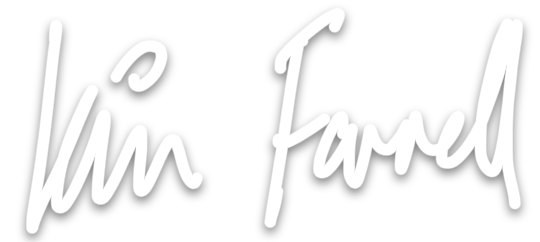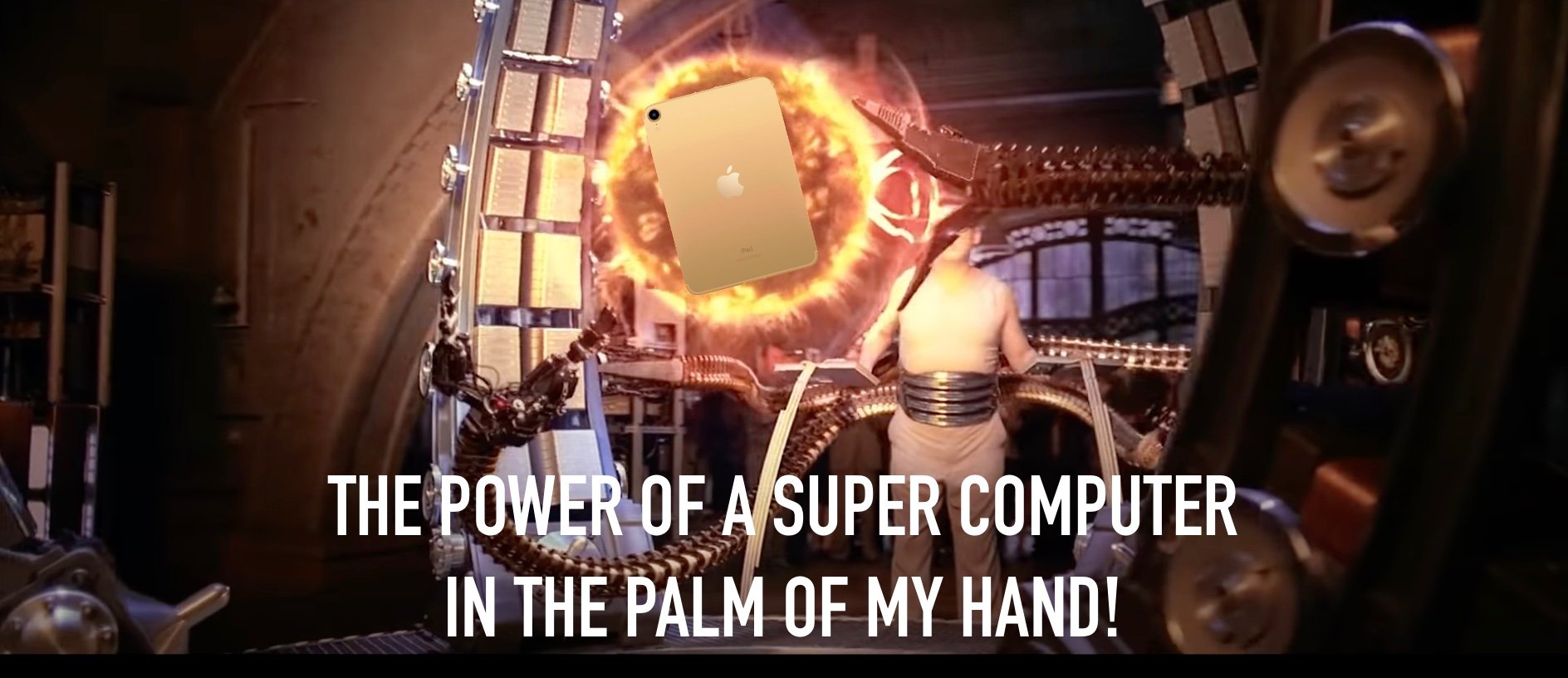Things I talk about when I talk about cameras
A couple of friends have asked recently what I think would be a good camera for them. The only thing better than buying a camera is helping someone else to buy on 😍 This is a bit rushed out as I’m excited and the fun thing about a blog is it’s not a book so forgive me if this doesn’t make sense, contains loads of typos.
Full disclosure
These recommendations are heavily biased in favour of what I think matters in a camera. I favour portability and experience over pretty much everything else, which means I’ll recommend stuff that you can carry everywhere, will give you higher image quality than a phone and a tactile manual experience if you want it.
I’m also by no means an expert or professional, I don’t know what all the settings do so I shoot manually on just about everything, but I’ve shot almost daily for 17 years so that probably counts for something 😄
Lastly, you should only have one camera. Phones are so good these days that they work for ad hoc social stuff. If you have more than one proper camera you’re likely to spend too much time worrying whether you’re using the right one or not.
The contenders
Ricoh GR III - Probably the best camera ever made and if I could only have one I’d have one of these.
Sony A7C - High tech, high speed, high res. powerhouse for stills and video.
Leica M - Incredible craft, tiny lenses and a shooting experience like no other.
The rundown
Ricoh GR III
A tiny fixed lens camera that weighs less than a lot of lenses this is a camera I recommend to everyone, casual or pro because it can be an easy point and shoot or manual monster. The amazing thing about the GR is how big a sensor it packs into a tiny body. This means you get considerably better image quality than a phone and it’s so small you can take it everywhere in a pocket. It has a very sharp lens, makes images that print really well and at high ISO has a texture and grain that I love. It’s very film like. There’s no viewfinder, you focus using a touch screen or using a feature unique to the GR in my experience called “snap focus”. Half press the shutter or tap on something on the screen and the camera will auto focus, guessing what you want to shoot but using snap focus, going straight to a full press jumps straight to a pre-set distance which you can specify of say 1m. This is great for fast moving subjects and street photos. It’s also very very quiet and its small size makes it very discreet for candid photos.
There are two models, the III and IIIx. The only difference is the lens, 28mm or 40mm fields of view. I’ve owned both and slightly preferred the 28 but it depends whether you like wide shots or only stuff that’s more cropped in. I shot pretty much exclusively with this camera for 4 years and loved it. It’s extremely easy and fun to use.
They cost about $1000 new and hold their value well. They’re great paired with one of these Polaroid straps.
If you like a built in flash then the GR II is still very usable but it’s older and slower and is only 16 megapixel which is perfectly fine but reduces cropping options.
Sony A7c
Sony have packed a full frame sensor into a really compact body with this camera and there’s tons of lenses in the emount FE range. My step-dad has one of these and it is a really versatile option with interchangeable lenses. The big appeal of this one is the auto focus. Sony have insane auto focus and the lots of buttons for quick access to settings as well as a flippy screen. The fact it shoots great quality video means you can do it all with one body. There are also a ton of adaptors that allow for manual use of lenses from Leica, Canon, Nikon and more. I like the Kiwi adaptors but there are a ton.
There have been 2 generations so used cameras can also be had, you’re probably looking at about $1200 to $2000 for the body plus lenses.
If I were picking one up I’d look at the 35mm Zeiss f2.8 lens, amazing quality and very sharp and crucially very compact. I had one when I had a Sony A7 and it barely left the front of the camera.
The other lens with a look is the 55 f1.8. Great for portraits.
Actually, fun fact, in the US I find a 50 ish focal length to be essential because y’all have so much space and things are spread out. In Europe, 35 is good because things are closer together often.
Sony’s cameras are very crisp, almost clinical when it comes to image quality and the way that they render a scene. The shooting experience is very technical and fast. There’s an amazing amount of detail in the photos these sensors make and I like that detail and sharpness but not everyone does. Also they have a reputation for bad colour science and complicated menus. That’s the hot take machine talking, it’s fine. You’ll want to tweak the colours for sure but then that’s digital photography. Everyone does something to their photos. They’re tremendous cameras and I shot an A7 for a decade and was never disappointed. Becca at The Verge loves this little camera.
Below are images I made using the Sony A7, a previous generation camera, with a mix of 35, 85 and 55 lenses.
Leica M
This one I only recommend because I adore my M. I’ve had it for a year, it was a bit of a dream camera but they are very pricey, manual and not for everyone. If you want a fully manual tactile experience of operation and a buying experience that’s more like a fancy car than a camera then Leica is your brand but only if you have the means.
An M10 body will probably set you back $3000 to $4000 used and Leica’s own lenses are $2000 and up (and boy do they go up) with Zeiss and Voigtlander making really good lenses that’s make some wonderful images. I had an image showcased by Leica on their website that was shot on a Zeiss 35 f2.8.
For me what’s appealing is that range of very high quality jewel like lenses which means that I can carry a full frame camera with a 28, 50 and 90 in something half the size of a lot of handbags.
The image quality is exceptional because the glass on the front of the camera is amazing and I find I rarely want to do much to images straight out of the camera. I’m very conscious that there is a premium associated with that privilege and almost identical results can be achieved by tweaking the colours on another system but that shooting experience is something else. It’s also worth pointing out that they are heavy cameras and slow compared to something from Sony, Nikon or Canon. If you want photos of pets or small humans this may not be the system for you, although I’ve made images I liked at the MotoGP using an M so it can be done 😄 This is now my only digital camera and I wear it most of the time.
If weight is an issue the most recent M11 is 20% lighter but a used body will cost at least $6000 and that’s a 60 megapixel camera. I don’t know that I want to deal with files that big personally. I have to constantly remind myself that this isn’t my job as it is without inheriting a professional workflow and all the expense that comes with storage and subscriptions to Lightroom for editing.
If I were getting one again I would pick up a 28mm Elmarit and 50mm Summicron. They both have very different personalities. The Elmarit is extremely sharp and makes images with delicious contrast. He Summicron is regarded as one of/ the best 50mm lens ever made. The design has barely changed in 40 years and I adore the one I have for everything from portraits to famous New York fire stations. Leica have complicated names for ranges of lenses and it’s a rabbit hole for sure but a fun one. If you’re getting a Leica there’s a romantic element. You’re interested in heritage, image making not taking and time to get good at something. Using an M has made me a better photographer but I didn’t jump straight to it.
If you do go Leica, Do not, as I did, buy the body and put cheap lenses on it. This will provide awful results and make you sad.
How to choose
I like to look on instagram at various #tags folks use on images they are making to get a quick sense. Searching for a camera or lens combination can help give you ideas for what you want to achieve. You should also totally hit up your friend Iain.
Where to buy
I like used cameras, good for pocket and planet, and hear that KEH are great in the US. I use MPB in the UK and have had a great experience with them.







































